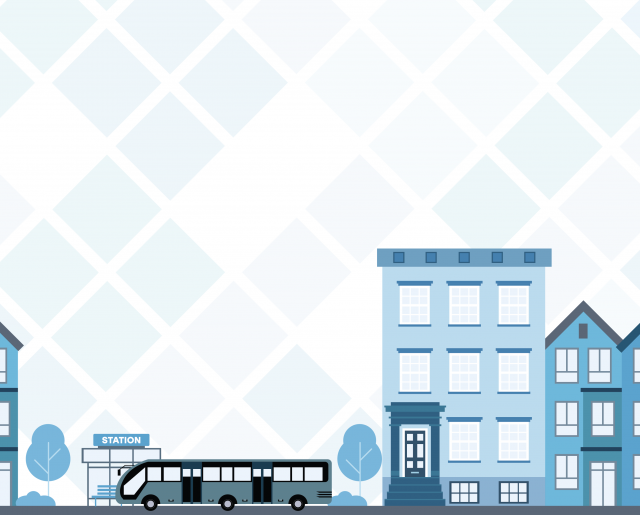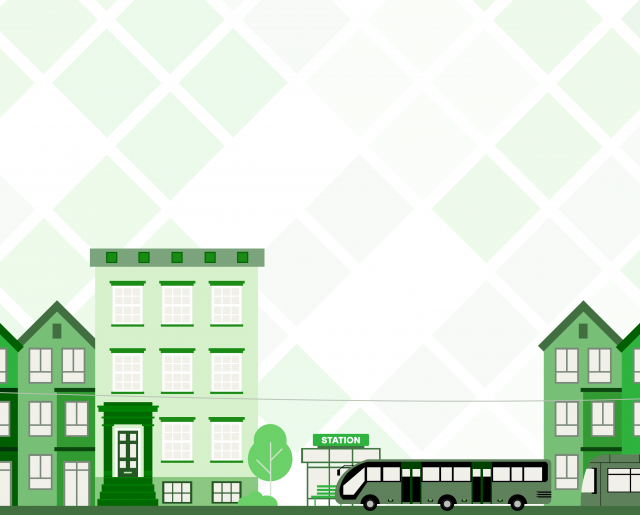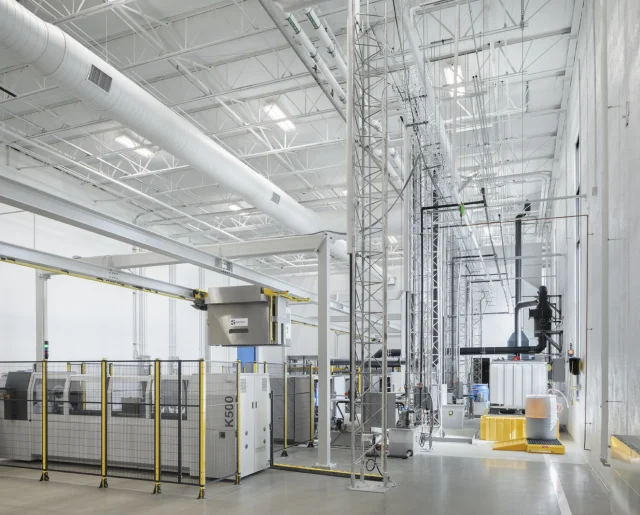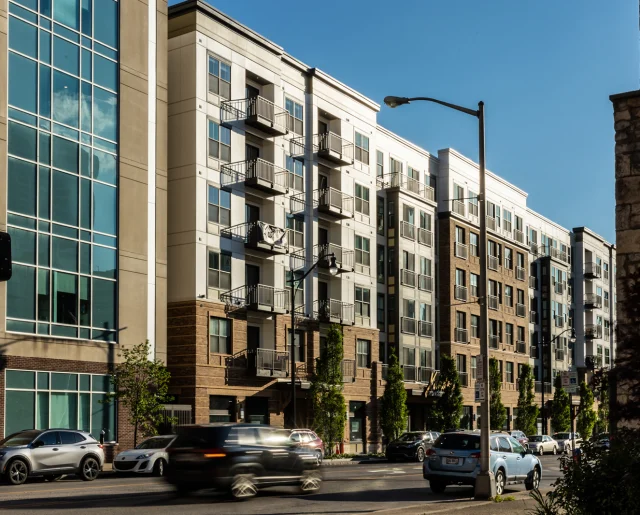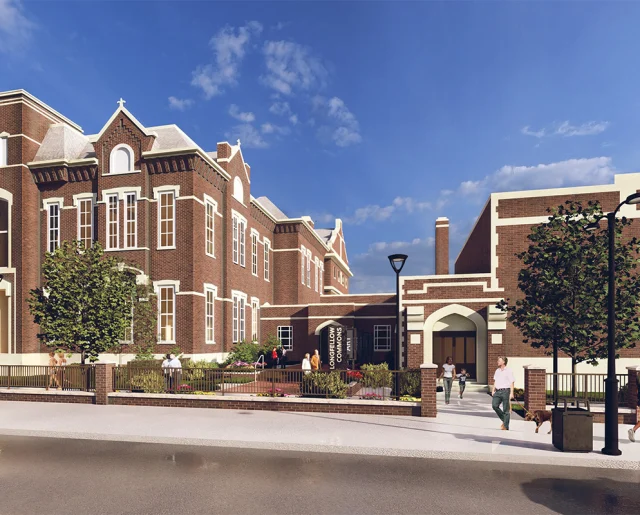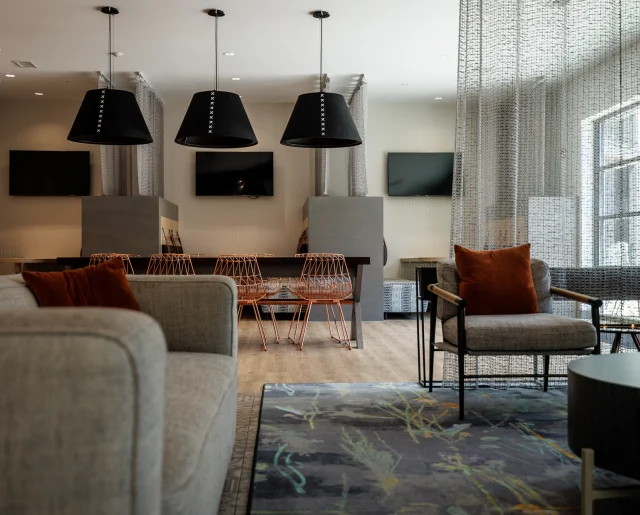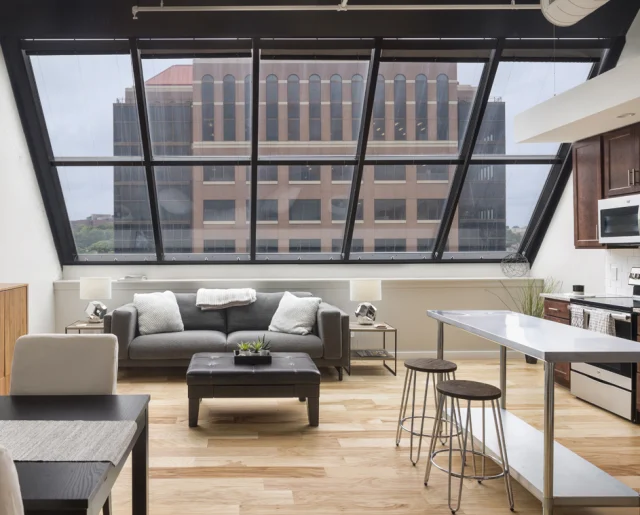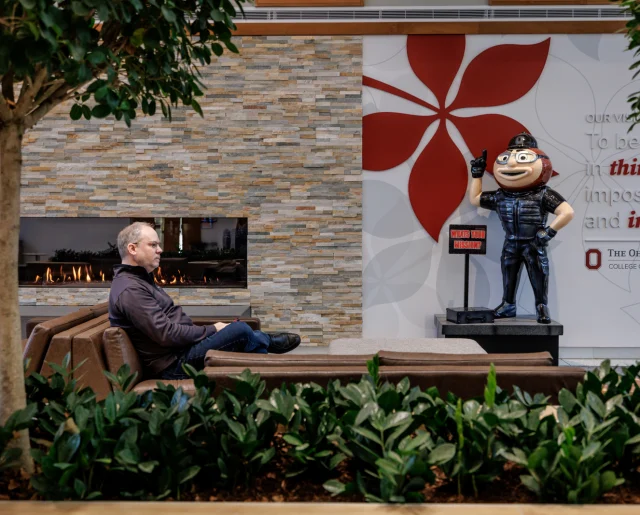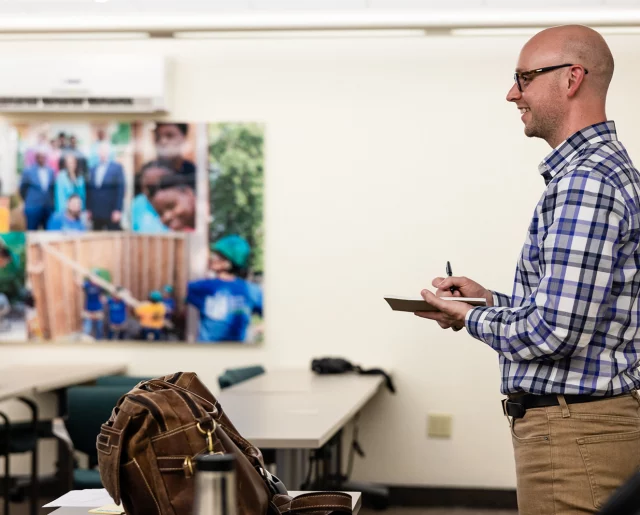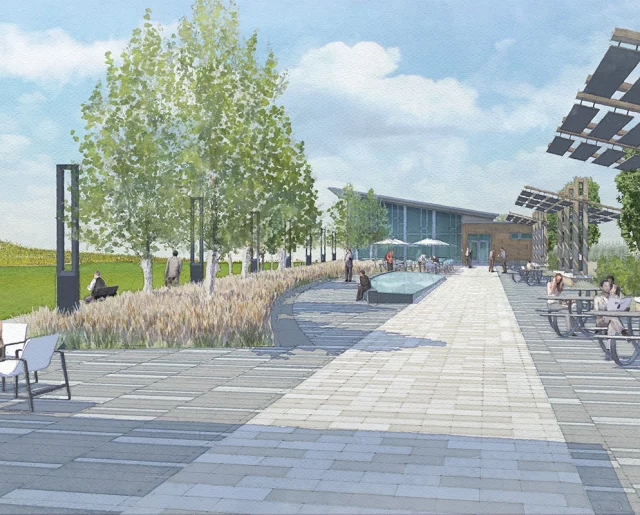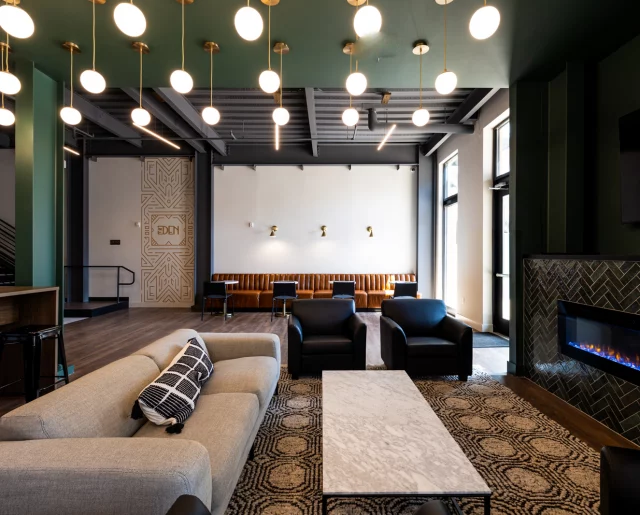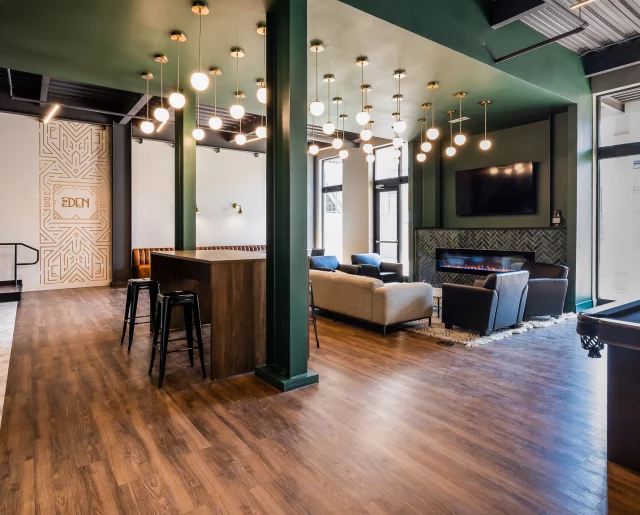5 Key Things Industry Experts Know About Industrial Design
With decades in design, specializing in the Industrial sector, I’ve spent my career learning, observing and reiterating the way industrial spaces are built.
Taking my responsibility as an architect seriously, in delivering tailored solutions at the top end of the market, I’ve come up with the list of “5 Key Things Industry Experts Know About Industrial Design”.
Curious to continue conversations with you about the concepts below – email me at daveo@designwithma.com.
1. IMPRINT: Industrial buildings are no longer back of house.

Suddenly, the concept of an industrial building has become one based on design and not just necessity, recognizing the value of the industry, and the people behind each company’s success.
Building a physical imprint that is literally designed to break down independent silos throughout an industrial building helps the organization better produce products and services that consumers actually want and need.
The division of silos is more significant in the industrial field, and great value is obtained from cross-departmental collaboration and communication, particularly as access to technology and data increases, acting as a driving force behind all decisions and operations.
In a space designed to change the imprint of industrial buildings physically, companies are better able organizationally to learn, observe, and improve their operational models and unlock the next level of success and continuous improvement.
2. TECHNOLOGY: Risk management and preparedness planning comes from utilizing technology and big data, designed with intention for your industrial building.

Innovative design teams are beginning to create “digital twins” for our clients in the metaverse. This means building a digital version of a project, learning and observing how it would function first digitally through “experiment” before building it physically. This creates a unique opportunity to evaluate the function and form of the design before investing the time, and money, in building the space in the physical world first. Having this “digital twin” allows the warehouse operators to observe patterns and trends, including things as simple as to which bay door is most used to better anticipate maintenance needs allowing their operations to work proactively, as opposed to reactively and minimize downtime of business operations.
This big data “mining” positions an industrial facility for success, better anticipating the function of a space and greatly mitigating unforeseen risk, helping to future proof both the building and operations.
3. HUMANIZATION: The employee experience is how you will hire – and keep – the talent you need – and your physical space is one of the biggest influences on that.
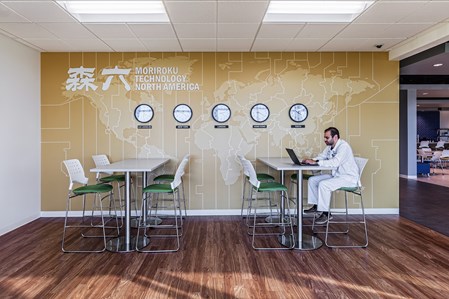
The latest figures from the Bureau of Labor Statistics put annual warehouse turnover rates at 43%. Losing that percentage of a 100-associate warehouse team would cost, at the very least, $365,500 and in most cases, can be avoided.
Partner that with supply chain issues, even considering elements like a shortage of truck drivers, and suddenly the attraction for your company – and warehouse facility – has to operate from the inside out. Industrial buildings are incorporating site amenities as simple as dog parks as a way to entice truck drivers to deliver to their buildings – a design solution that serves strategically to support those individuals in a humanistic way. We’re back to basics with thinking about people first, recognizing that with a focus on that strategy, the business is stronger and the success of a warehouse becomes greater.
A successful industrial building in 2022 and beyond, designs intentionally, and thoughtfully, for the employee experience. Borrowing from Japanese work principles, proven to significantly reduce on-the-job accident rate, increase worker productivity and decrease employee sick days, leaders in Industrial are prioritizing physical movement and exercise. Designing a space for people to exercise, or at the very least, a lit walking path around an industrial park, is becoming a reality and more of a mainstream design requirement. Learn more from this article from “Pulse” here.
4. SUSTAINABILITY: Sustainability features will save you money, create more leasable space and drive your investment.
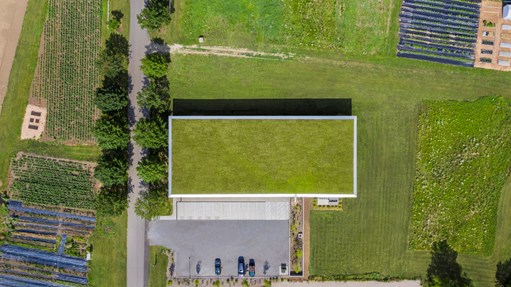
They are also what tenants and their employees are looking for and expecting. Investing in natural light through skylights and clerestory windows can be an easy baseline first step to bringing nature inside the warehouse. Having daylight and seeing nature boosts workers’ moods and productivity. It also helps with their circadian rhythms if they are second or even third shift workers.
If you are looking for that next level to set you apart from the rest, consider going with a green. There are upfront costs, but has been shown to extend the life of your roof roof membrane by 10-50 years, and significantly reduce operation and energy costs.
Pair it with solar panels and now you have BioSolar, which has been shown to increase the efficacy of the solar panels and pay itself back in the same timeframe as if you only installed solar panels.
Even further down the road you can be looking at ways to integrate carbon capturing or even harvesting kinetic footfall. Both have ways that they can provide immediate ROI and add to your sustainability story and visibility.
5. INNOVATION: Utilizing technology as augmented – instead of exclusively artificial – is the way of the future.
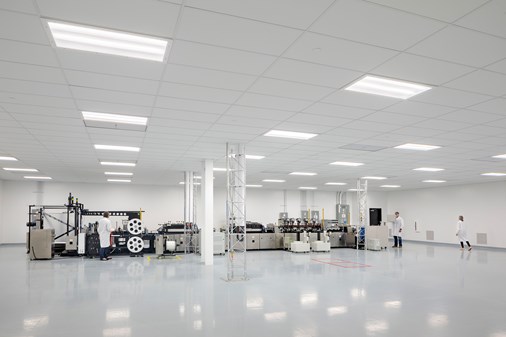
Augmented intelligence relies primarily on the input of a human, utilizing technology to amplify. Examples include warehouse management systems that can reduce the repetitive motion that employees have to do, moving packages around so people have a very efficient path of travel, driven by the direction staff that best understand the facility input.
Innovations in design make design elements like day lighting less of a novelty and more of a necessity, building spaces that support brain and circadian rhythm for all shift workers, with a recognized return on investment. Occupancy sensors are able to tell a story that will attract a tenant, and the consideration of robots and drones are able to be considered in design now for what is to come next.
Innovation is the way industrial companies can continue to work smarter, not harder, finding differentiating ways to set themselves apart from competitors and remain successful for all that is to come.

